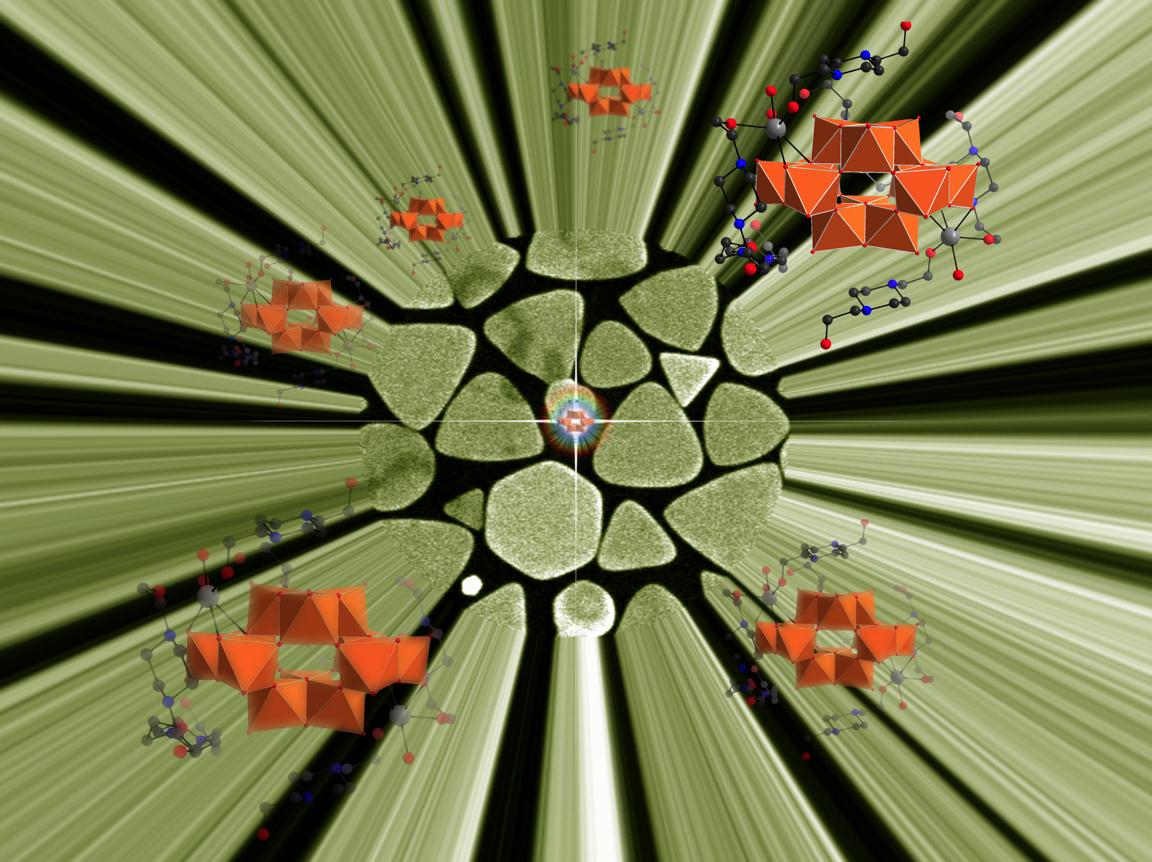PI: Jesús Martínez de la Fuente
Beneficiary: Alfredo Ambrosone
H2020-MSCA-IF-2014
(2015-2017)
The control of cellular processes is an important challenge to be addressed in cell biology and medicine. Over recent years, nanomaterial science has provided advanced engineered nanodevices which may establish a spatio-temporal control of cell fate through a tight modulation of molecular pathways activity. Wnt signalling is one of the most conserved pathway in animal kingdom providing important instructions for development and cell proliferation/differentiation. Additionally, activating or inactivating defects have been closely associated with developmental diseases and cancer. A
multitude of studies have contributed to the elucidation of Wnt pathway components and their functions, opening a path to developing specific molecular strategies to modulate its state.
In CONFINES project, the fellow proposed a breakthrough approach aiming at the designing a unique Wnt-targeted nanodevice able to switch on/off the canonical Wnt signaling. To achieve this ambitious goal, Wnt3a protein, typically serving as pathway activator, was conjugated to magnetic nanoparticles, combining targeting and magnetic properties in a unique nanovector (NanoWnt). NanoWnt was conceive to control the cell signaling by operating in a dual mode i) as an activator of the canonical Wnt pathway, when it is naturally inactive or ii) as a nanoheater able to kill by magnetic hyperthermia those cells where the pathway is aberrantly activated.
The overall objective of CONFINES were:
Objective 1- Synthesis of magnetic nanoparticles conjugated to Wnt proteins (NanoWnt)
Objective 2- Evaluation of NanoWnt bioactivity to control cell fate in vitro and in vivo
Objective 3)- Evaluation of NanoWnt capacity to induce targeted hyperthermia in vivo and in vitro
The results obtained in the frame of CONFINES project provided evidences that bridging the Wnt signaling to nanotechnology has great potential for developing new tools with therapeutic and diagnostic value. The main progress beyond the state of the art concerns the size of the nanodevice. So far, Wnt proteins have been linked only to micrometric supports which may pose severe limitations in terms of cell uptake. CONFINES achievements demonstrate that Wnt protein conjugation to nanoparticles result in smart nanodevices able to control Wnt signaling activation. This novel functional material, besides academic interest, may have the potential in a number of future applications in material science and nanomedicine. Taken into account the significant impact of this finding, deeper investigation on this topic are strongly demanded. Besides scientific achievements, CONFINES project has trained the applicant in essential areas of nanoscience, particularly made him confident with the design, synthesis and characterization of nanoparticles. Moreover, he acquired synthetic procedures to obtain bioengineered nanomaterial extending the know how of the applicant toward new disciplines. Noteworthy, beyond personal career improvement, CONFINES demonstrate that Marie Curie Actions may significantly contribute to implement projects with highly interdisciplinary nature, which
undoubtedly gain a synergic knowledge by converging diverse fields of investigations.
